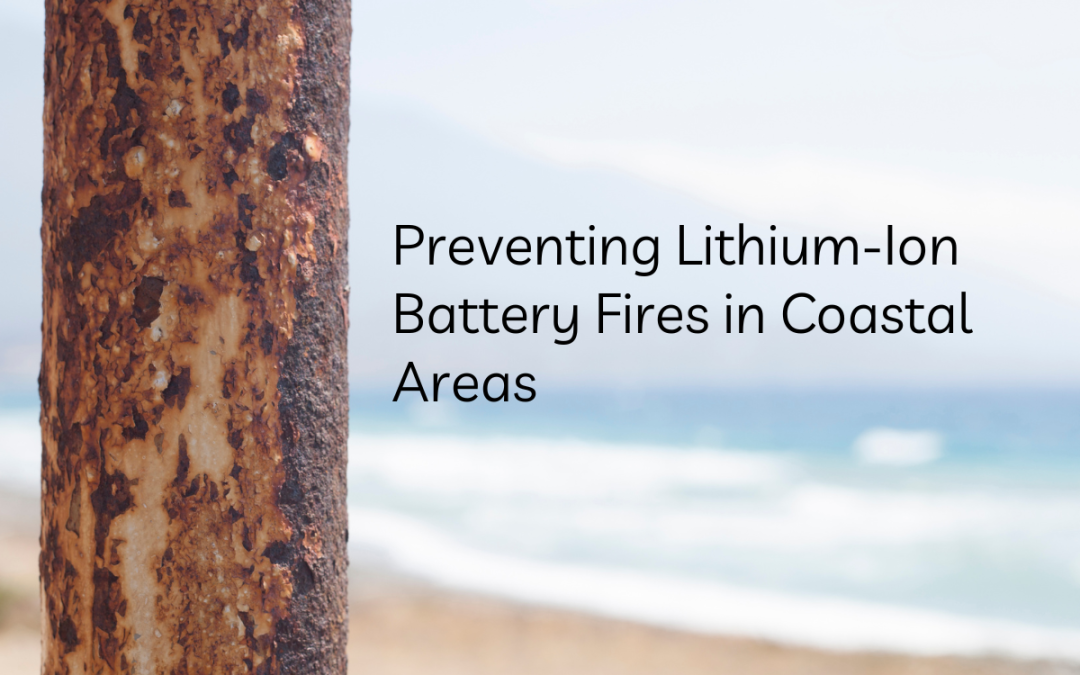
A Guide to Understanding Different Types of Fire Extinguishers
When it comes to fire safety, having the correct size and type of fire extinguisher for its application is imperative.
The most common types of fire extinguishers are water, foam, powder, and CO2 extinguishers. The new kid on the block is the lithium-ion battery fire extinguisher which is fast becoming a top seller.
Different extinguishers are needed to address different types or classes of fires, and using the incorrect type of extinguisher can actually make a fire worse. It’s worth taking the time to educate yourself.

Understanding the different types of fire extinguishers
The Water Fire Extinguisher
Water extinguishers are used to put out fires caused by solid materials such as wood, paper, and fabric. They are not suitable for use on electrical fires or fires caused by flammable liquids.
The Foam Fire Extinguisher
Foam extinguishers are similar to water extinguishers, also containing a foaming agent that helps to smother the fire. They are suitable for use on solid materials and flammable liquids, but not for electrical fires.
The Powder Fire Extinguisher
Powder extinguishers are versatile and can be used on a variety of fires, including solid materials, flammable liquids, and electrical fires. However, they can be messy and may not be suitable for use in small, enclosed spaces or places where food is prepared.
The CO2 Fire Extinguisher
CO2 extinguishers are specifically designed for electrical fires, making them a popular choice for offices, kitchens, and other commercial spaces. They are also suitable for use on flammable liquids, but not on solid materials.
The Lithium-ion Battery Fire Extinguisher
Given the potential dangers of lithium-ion battery fires, it’s important to have the right type of fire extinguisher on hand. Lithium-ion fire extinguishers are specifically designed to put out these types of fires, making them an essential part of any fire safety plan. Lithium-ion fire extinguishers are an essential tool for protecting your home or business from the dangers of battery fires.
Assess Your Fire Risks
The first step in creating a fire safety plan is to assess your fire risks. This includes identifying potential sources of fires, such as electronics and other battery-powered devices. Once you have identified these risks, you can determine the best locations for lithium-ion fire extinguishers.
Train Your Employees or Family Members

Learn where the correct placement should be for you fire extinguisher.
This includes knowing when to use it, how to operate it, and how to safely evacuate the area if the fire cannot be contained.
To further understand how to properly place fire extinguishers by considering factors like distance for travel, floor area coverage, placement along travel routes, installation height, and balancing accessibility, read the article below.
https://www.nfpa.org/news-blogs-and-articles/blogs/2021/04/30/extinguisher-placement-guide
Regularly Inspect and Maintain Your Extinguishers
All extinguishers should be inspected and maintained annually. This includes checking the pressure gauge, ensuring the safety pin is intact, and making sure the extinguisher is easily accessible, free of corrosion, and in perfect working order.
To provide you with more information about the significance of Fire Extinguisher Inspection, Testing, and Maintenance as outlined by the National Fire Protection Association (NFPA), we have included their guide for your reference.
https://www.nfpa.org/news-blogs-and-articles/blogs/2020/10/30/guide-to-fire-extinguisher-itm






